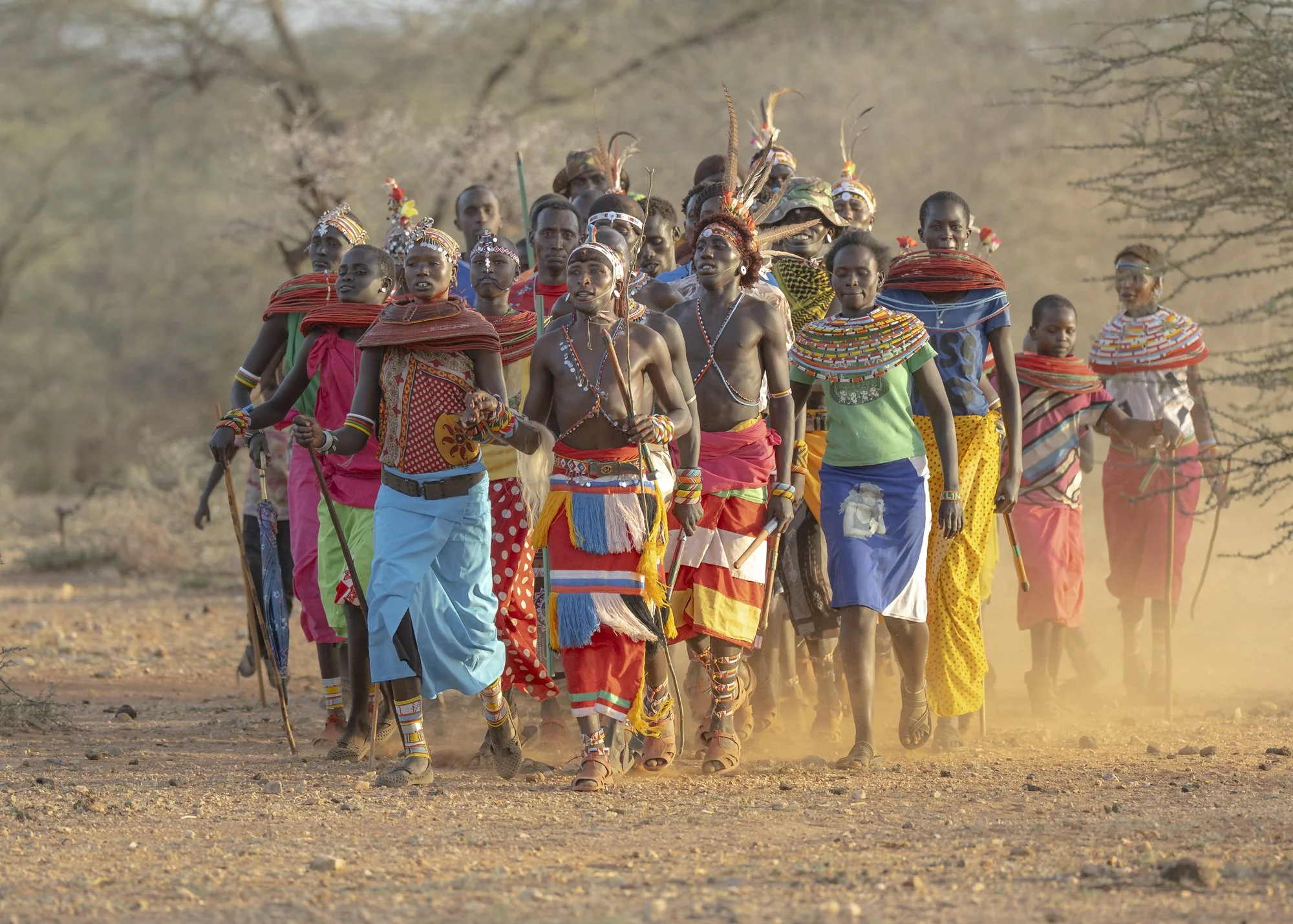What creates a quality cultural photography workshop where you learn this kind of photography?
Here are 5 key things to look for before you book a cultural photography tour
There’s something magnetic about photographing culture. The weathered hands of a Cormorant fisherman as he smokes his pipe after a morning fishing, a burst of color from a group of dancers during a Samburu wedding that you were invited to, the quiet dignity in a wrinkled smile earned by time and experience flying his Golden Eagle in the Altai Mountains.
But here’s the catch: cultural photography—done well—isn’t just about pointing a lens at something “exotic” and clicking away. It’s about access, respect, timing, and trust. And when you’re investing your time and money into a photography workshop that promises to deliver meaningful, ethical cultural experiences, you want to make sure the bones of the trip are solid.
After leading cultural photography workshops across Mongolia, China, Kenya, and beyond for over a decade, here are the five key things I tell photographers to look for before booking a cultural photo tour.
1. Small group size (and why it matters more than you think)
It’s tempting to go with the big-name tour that offers “all the highlights.” But if there are 10, 12, 14, or more people in the group, you’ll be fighting for space, light, clean compositions, and, even more importantly, a direct eye connection with the subject.
Cultural photography requires intimacy—quiet moments, personal interactions, and the flexibility to move in tight spaces without overwhelming the scene. I’ve seen too many moments ruined by a horde of photographers crowding a scene or making someone feel like they’re on display instead of part of a shared experience.
Look for workshops with 4 to 6 participants max. This size gives you more access and ensures personalized attention from the instructor, a more relaxed pace, and a better group dynamic, where everyone gets the shot and no one feels like an afterthought.
2. Local fixers and translators (your secret to real access)
This is the difference between a workshop that shoots from behind a fence and one that walks you into someone’s courtyard.
In cultural photography, your fixer—that local guide who speaks the language, understands the customs, and has genuine relationships on the ground—is your golden ticket.
I’ve worked with the same fixer in Mongolia for over a decade. She’s why we’re welcomed into nomadic families’ gers, trusted by eagle hunters, and invited into places tourists don’t go. Without that bridge, you’re an outsider with a camera. With it, you’re a guest with purpose.
Before you book a workshop, ask the following:
Who is guiding the cultural access?
Are they locals or imported tour staff?
What’s the relationship with the communities being photographed?
If they can’t answer clearly, that’s a red flag.
3. A thoughtfully designed itinerary (not a checklist of stereotypes)
Too many tours are built around the “greatest hits” approach—hitting a famous market, going to a festival, attending a dance show, swinging by a temple at sunset, and calling it a cultural experience.
But real moments happen in the in-between. Over shared tea, during morning rituals, or while walking a dusty alley at dawn, listening to the rhythm of a village waking up.
Great cultural workshops build these unscripted moments into the schedule. They leave room for spontaneity. They prioritize light over convenience, people over poses, and story over spectacle.
I always scout every location personally and plan our days to maximize great light and cultural richness, not just what looks good in a brochure.
Pro tip: Look at the itinerary. If every day is jam-packed with back-to-back activities and long drives, ask yourself: When am I actually photographing, and when am I just being shuffled around?
4. A commitment to responsible tourism
Cultural photography is a privilege, not a right. And with that comes a responsibility—to the people, the traditions, and the communities we’re lucky enough to photograph.
A good workshop should make this clear from the beginning. Are the people being photographed compensated fairly? Is consent informed, or are guests just snapping photos in busy public spaces without context or respect?
We pay our models and hosts, often above local rates. We return images, share meals, and take the time to learn names and stories. It’s not about staging moments—it’s about building trust.
Ask before you book:
Are the subjects compensated or volunteers?
Does the company educate participants on etiquette and cultural sensitivity?
How are images used and shared after the trip?
Think twice if a workshop company can’t speak confidently about these things.
5. Instructor involvement (are they teaching or just tagging along?)
Not all workshop leaders are created equal. Some trip leaders love to travel but leave you to figure out the photography. Others focus entirely on their shots and forget they’re supposed to be teaching.
You want someone present to scout your angles, help with exposure in challenging light, guide you on how to approach someone respectfully for a portrait, and give real-time advice you can apply immediately.
In my workshops, I spend far more time checking your histogram than mine. Your success is my success, and helping you build confidence in the field is why I do this.
Look for someone who:
Has a reputation for hands-on teaching
Makes time for image reviews and personalized feedback
Builds trust with locals and clients alike
Read reviews. Ask past clients. You’ll know the difference quickly.
Final thought
Cultural photography workshops aren’t just about creating beautiful images. They’re about experiencing the world more deeply, respectfully, and creatively—with your camera as the bridge.
If you choose the right workshop, you don’t just come home with photos. You come home with memories and stories.
If you travel with me on one of our cultural photo tours, you can be sure the logistics are handled, the teaching is thoughtful, and the access is earned, not assumed, because that’s how we do things on the road at Akari.





